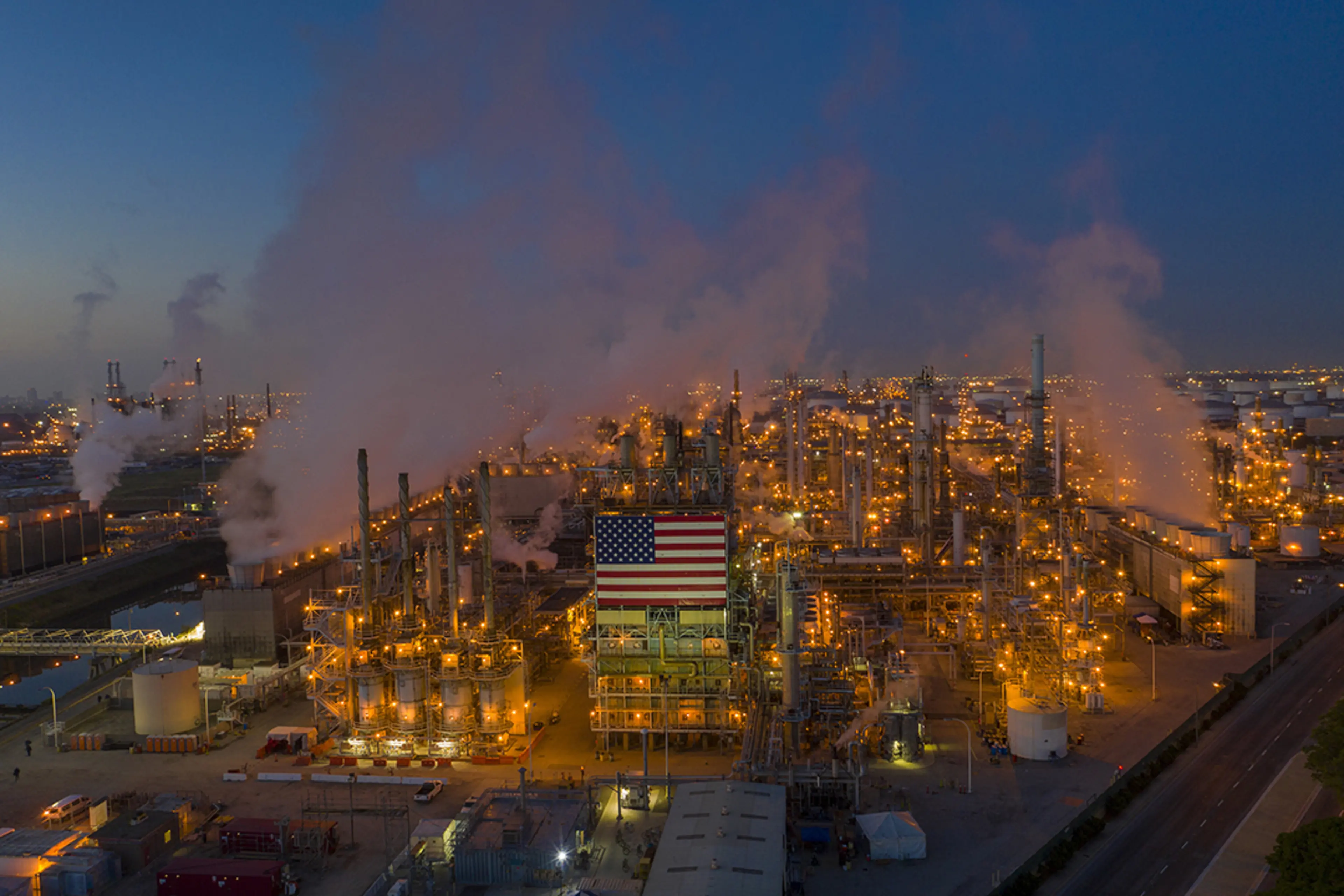Reservoir and wellheads
There are three main types of conventional wells. The most common is an oil
well with associated gas. Natural gas wells are drilled specifically for natural
gas, and contain little or no oil. Condensate wells contain natural gas, as well
as a liquid condensate. This condensate is a liquid hydrocarbon mixture that
is often separated from the natural gas either at the wellhead, or during the
processing of the natural gas. Depending on the well type, completion may
differ slightly. It is important to remember that natural gas, being lighter than
air, will naturally rise to the surface of a well. Consequently, lifting equipment
and well treatment are not necessary in many natural gas and condensate
wells, while for oil wells, many types of artificial lift may be installed,
particularly as the reservoir pressure falls during years of production.
There is no distinct transition from conventional to unconventional oil and
gas production. Lower porosity (tighter reservoirs) and varying maturity
create a range of shale oil and gas, tight gas, heavy oil, etc.
, that is simply
an extension of the conventional domain.
3.1 Crude oil and natural gas
3.1.1 Crude oil
Crude oil is a complex mixture consisting of 200 or more different organic
compounds, mostly alkanes (single bond hydrocarbons on the form CnH2n+2)
and smaller fraction aromatics (six-ring molecules such as benzene C6H6)
Figure 4. Basic hydrocarbons
Different crude contains different combinations and concentrations of these
various compounds. The API (American Petroleum Institute) gravity of a
22
particular crude is merely a measure of its specific gravity or density. The
higher the API number expressed as degrees API, the less dense (lighter,
thinner) the crude. Simply put, this means that the lower the degrees API,
the denser (heavier, thicker) the crude. Crude from different fields and from
different formations within a field can be similar in composition or
significantly different.
In addition to API grade and hydrocarbons, crude is characterized for other
undesired elements like sulfur, which is regulated and needs to be removed.
Crude oil API gravities typically range from 7 to 52, corresponding to about
970 kg/m3
to 750 kg/m3
, but most fall in the 20 to 45 API gravity range.
Although light crude (i.e., 40-45 degrees API) is considered the best, lighter
crude (i.e., 46 degree API and above) is generally no better for a typical
refinery. As the crude gets lighter than 40-45 degrees API, it contains shorter
molecules, which means a lower carbon number. This also means it contains
less of the molecules useful as high octane gasoline and diesel fuel, the
production of which most refiners try to maximize. If a crude is heavier than
35 degrees API, it contains longer and bigger molecules that are not useful
as high octane gasoline and diesel fuel without further processing.
For crude that has undergone detailed physical and chemical property
analysis, the API gravity can be used as a rough index of the quality of
crudes of similar composition as they naturally occur (that is, without
adulteration, mixing, blending, etc.). When crudes of a different type and
quality are mixed, or when different petroleum components are mixed, API
gravity cannot be used meaningfully for anything other than a measure of
fluid density.
For instance, consider a
barrel of tar that is
dissolved in 3 barrels of
naphtha (lighter fluid) to
produce 4 barrels of a
40 degrees API mixture.
When this 4-barrel
mixture is fed to a
distillation column at the
inlet to a refinery, one
barrel of tar plus 3
barrels of naphtha is all
that will come out of the
still. On the other hand,
4 barrels of a naturally
23
occurring 40 degrees API crude,
fed to the distillation column at the refinery
could come out of the still as 1.4 barrels of gasoline and naphtha (typically
C8H18), 0.6 barrels of kerosene (jet fuel C12-15 ), 0.7 barrels of diesel fuel
(average C12H26), 0.5 barrels of heavy distillate (C20-70), 0.3 barrels of
lubricating stock, and 0.5 barrels of residue (bitumen, mainly poly-cyclic
aromatics).
The previous figure illustrates weight percent distributions of three different
hypothetical petroleum stocks that could be fed to a refinery with catalytic
cracking capacity. The chemical composition is generalized by the carbon
number which is the number of carbon atoms in each molecule - CnH2n+2. A
medium blend is desired because it has the composition that will yield the
highest output of high octane gasoline and diesel fuel in the cracking
refinery. Though the heavy stock and the light stock could be mixed to
produce a blend with the same API gravity as the medium stock, the
composition of the blend would be very different from the medium stock, as
the figure indicates. Heavy crude can be processed in a refinery by cracking
and reforming that reduces the carbon number to increase the high value
fuel yield.


